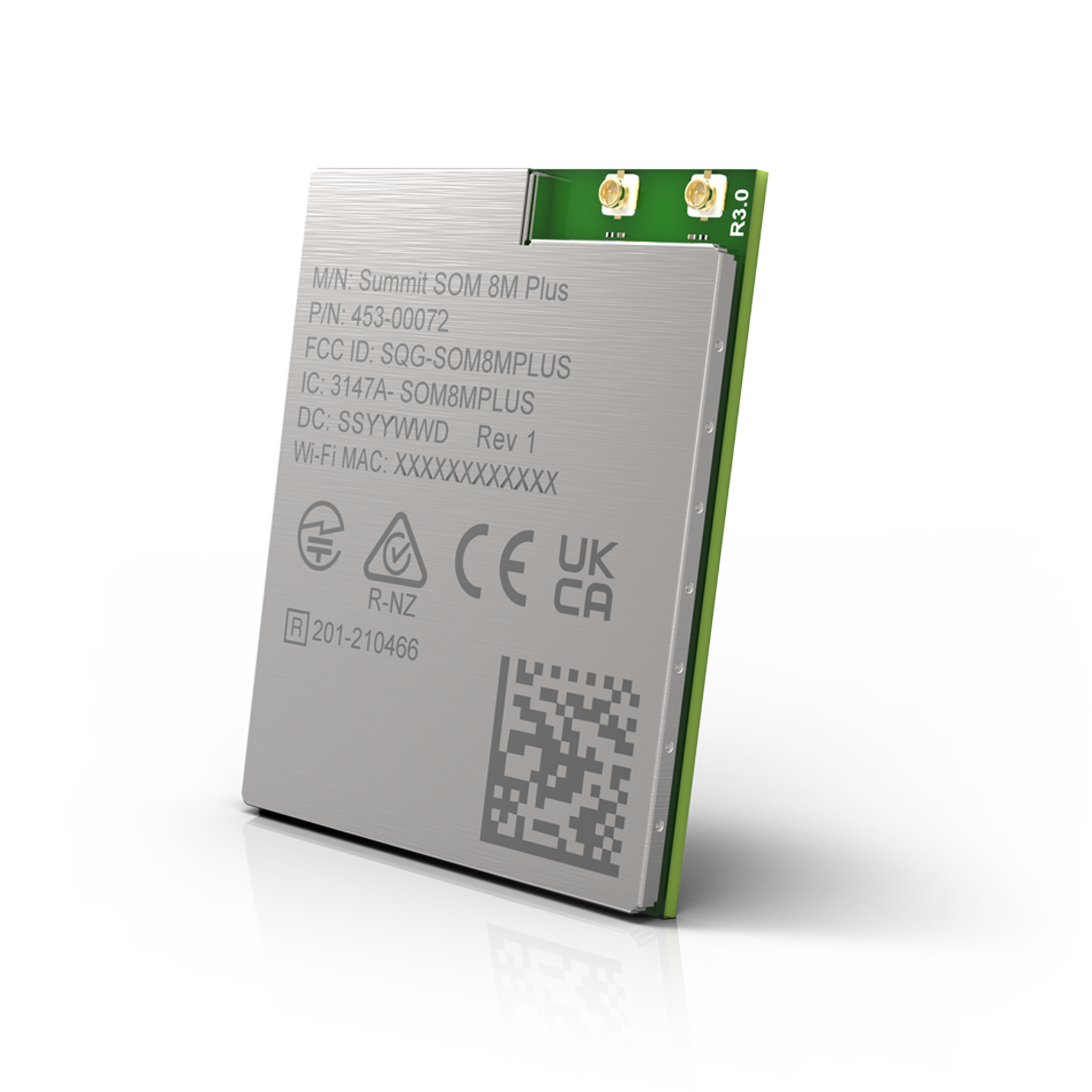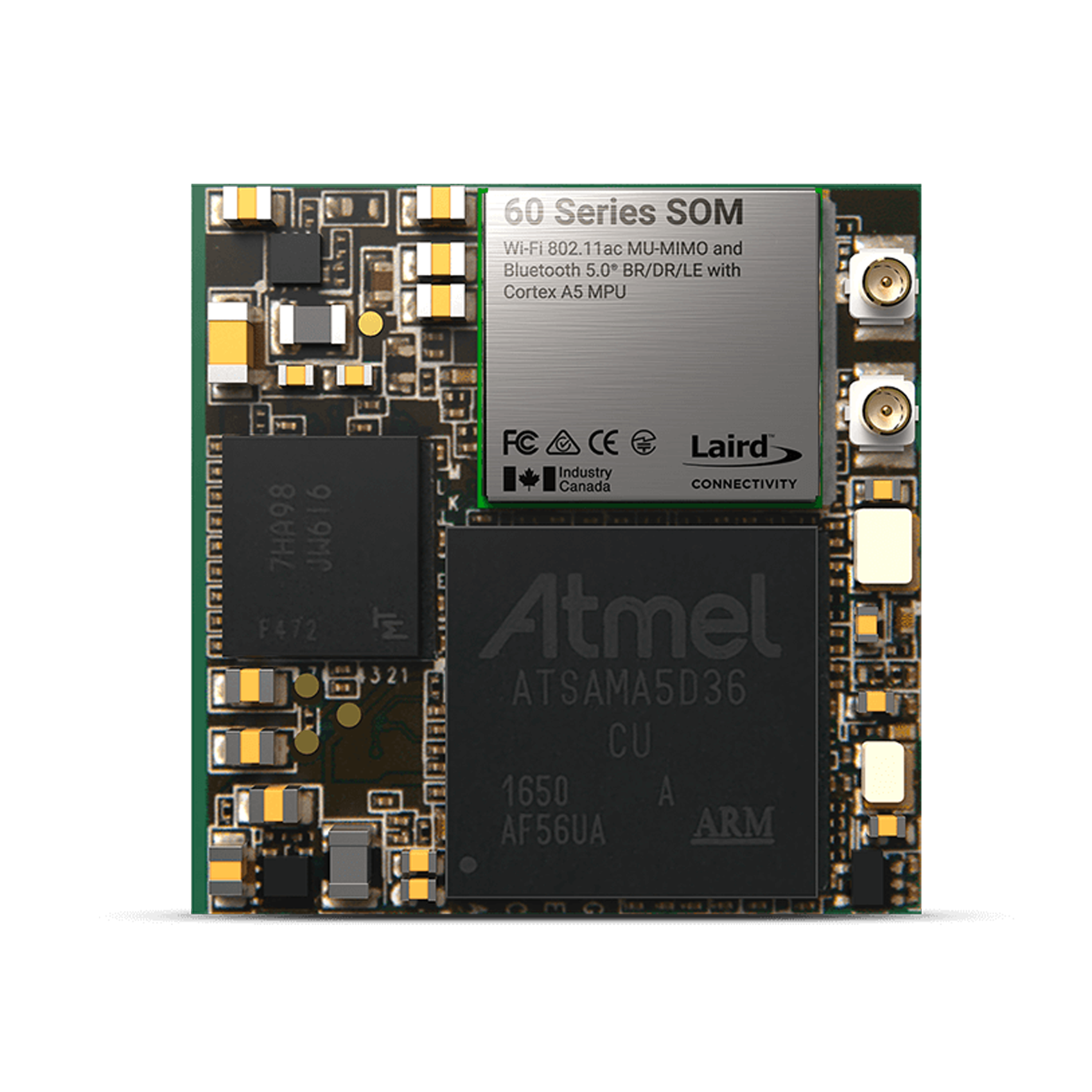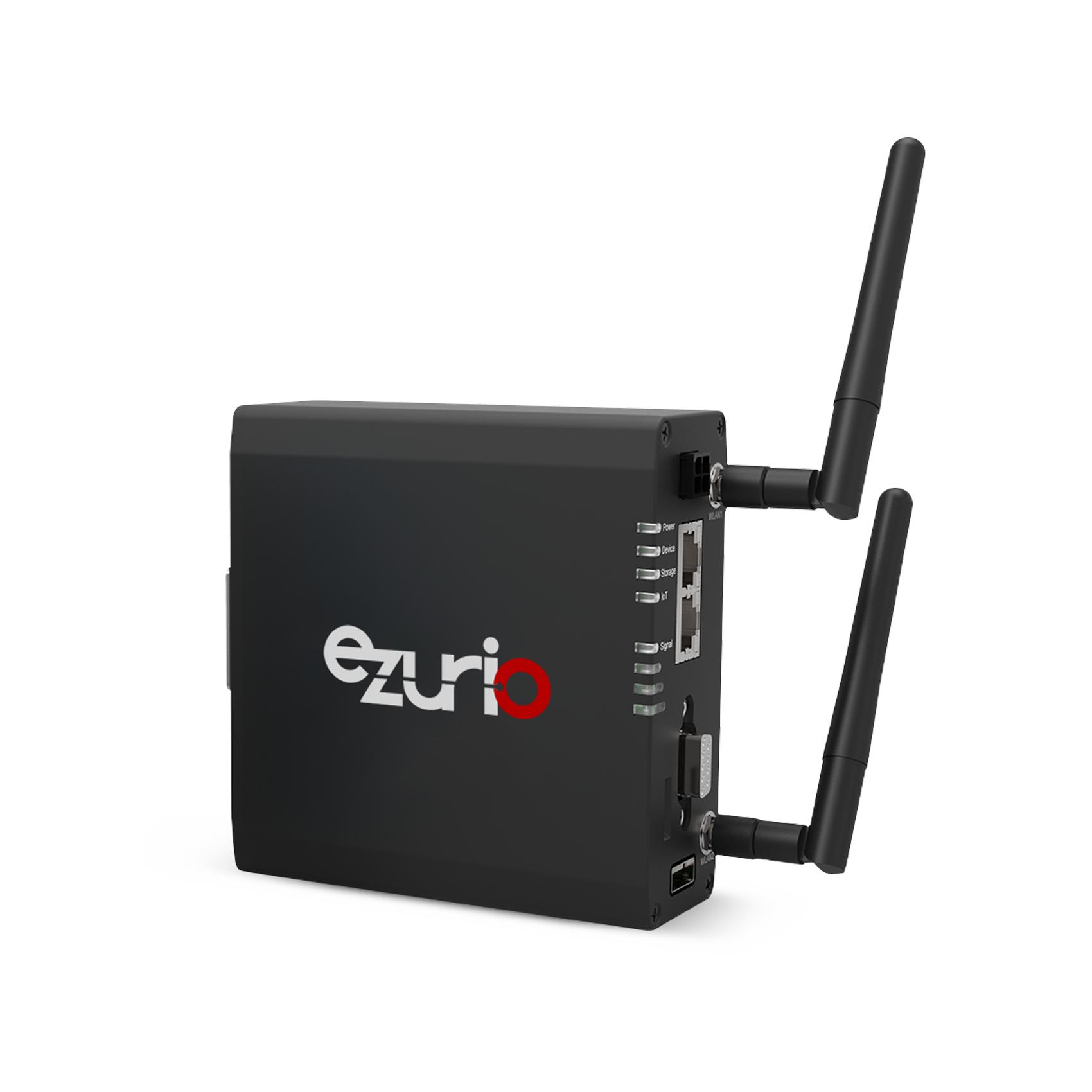

Summit Suite
Simplify the process of protecting your devices – combine our industry leading hardware with multiple layers of security software and enterprise connectivity, all from a single partner.
In addition to our extensive portfolio of wireless modules and IoT devices, we provide Summit Suite, a range of added value software services enabling customers to address the security life cycle of our advanced connectivity products. Our experiences working with medical and industrial device makers for multiple decades has allowed us to gather the most important security features and services into one package to mitigate risk and reduce threats to customers, their reputation and their products. All of this over the entire lifecycle of your product delivers security for years to come, combined with decreased time to market. Summit Suite is a customizable security portfolio that allows you the flexibility to choose the security features that are right for your product and end applications.
Explore Summit Suite
Manage every part of the security lifecycle by selecting from the Summit Suite range. Bundle additional security product options and build in the additional features needed for their end-product. Coupled with our global integration support, customers have more capabilities and support than ever to deliver cutting edge solutions.
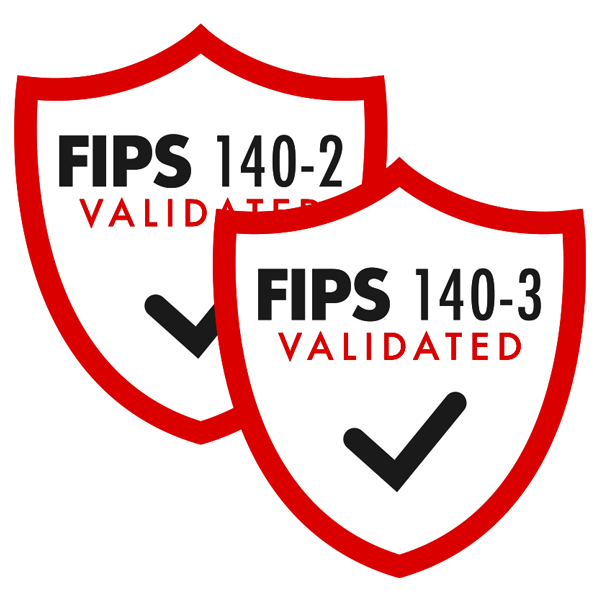
FIPS Cryptographic Modules
We are FIPS 140-2 Level 1 Validated and have a roadmap to validate to FIPS 140-3 Level 1. Enable WiFi communications, provide end-to-end TLS data-in-transit, and data-at-rest for government agencies and private enterprises requiring FIPS validated cryptography.
Learn More
Chain of Trust Device Security
We go beyond the industry standard to ensure that your IP and user information is safe. Verify device and software authenticity from bootloader to user applications. Leverage device encryption and secure key storage.
Learn More
Software Vulnerability Monitoring and Remediation
Get notified of known vulnerabilities in the software packages your devices use. We detect, assess, and remediate vulnerabilities via regular CVE scanning and updated software releases.
Learn More
What is Summit Suite?
Related Products
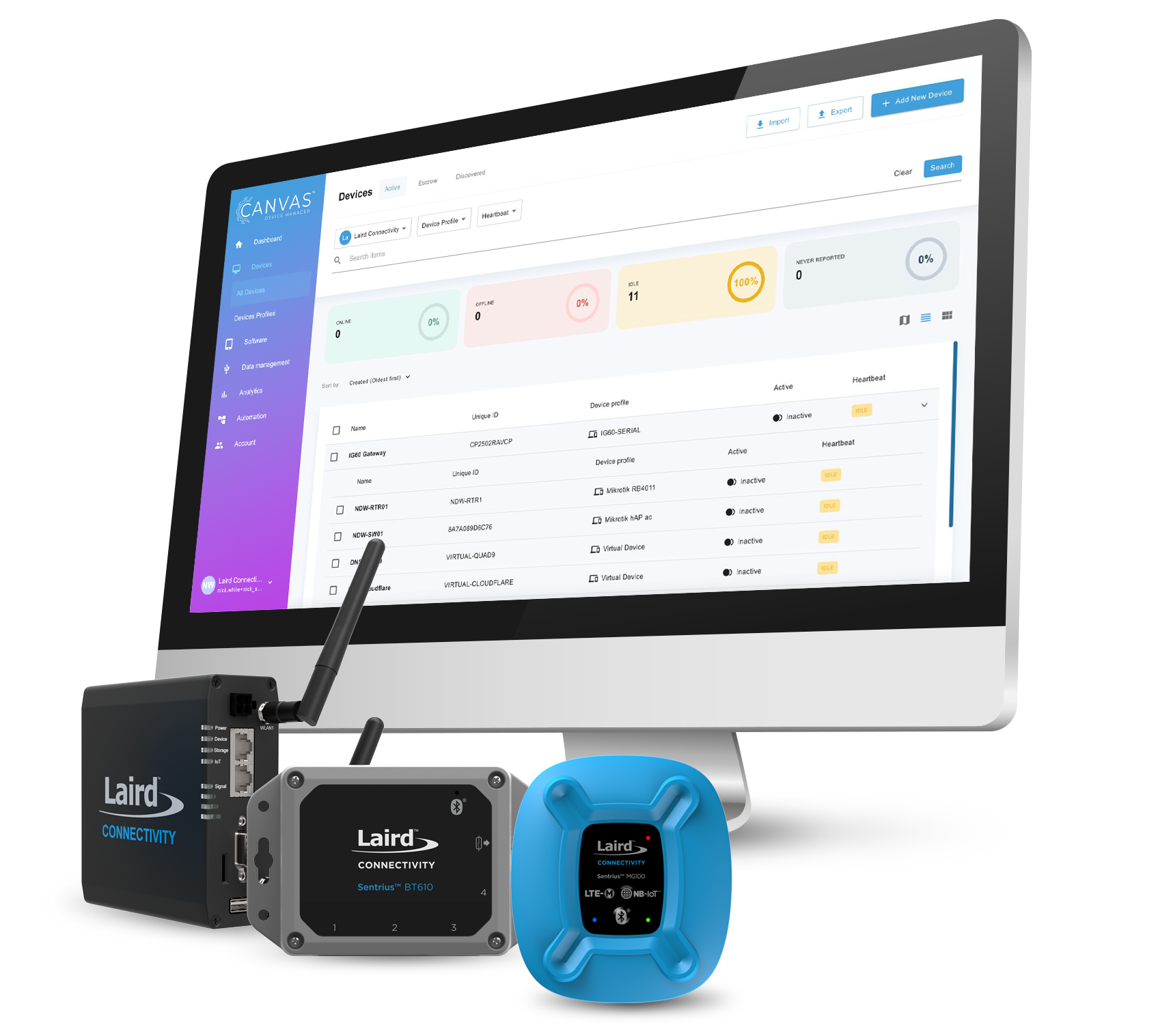

Canvas Device Manager
Simplify workflows for configuration and maintenance of your IoT device deployments. Easily setup devices, monitor status and keep software up-to-date across your entire IoT device fleet.
Learn MoreGetting Started
Simplify the process of protecting your connected devices and leverage multiple layers of security software and enterprise connectivity from a single partner. Schedule a meeting to learn how you can get started.
Schedule a Meeting Laird Connectivity is now Ezurio
Laird Connectivity is now Ezurio
